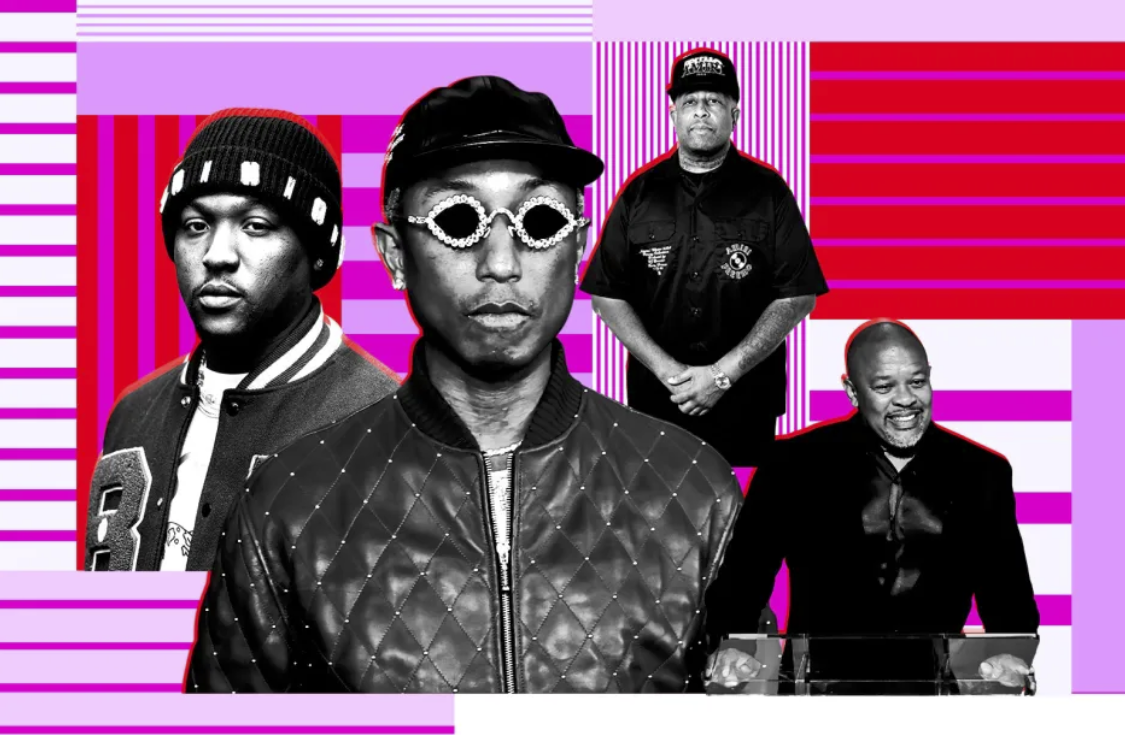
Samples in music are an essential part of production culture and are key in the making of some of the most influential beats of all time.
Every genre from every era of music has a wide range of songs and media that artists and producers have sampled time and time again to put a spin on crowd-favorite nostalgic tunes.
However, in recent years, music fans have called out those using samples for being lazy and recycling someone else’s work with minimal, if any, changes. Even young listeners of today’s music disapprove of the current trend of sampling.
In an article from The Miami Student newspaper, an editor expressed their views, as well as other students’ distaste for the current sampling epidemic.
Others disagree, arguing that sampling is a talent such as famous producer Kenny Beats during an episode of his YouTube series “The Cave.” He speaks about how beats require piecing together multiple matching parts of different songs to make a result with the right feel to it.
“Think about every great beat ever,” he said. “You picked a great drum break from one record and you picked a great sample from something else and you made it work.”
Sampling is a universal technique, showing up in songs like Prince’s 1989 “Batdance,” which sampled sounds from Michael Keaton’s movie, “Batman,” and Erykah Badu’s “Didn’t Cha Know,” which sampled Tarika Flower’s 1977 single “Dreamflower.”
Some artists don’t even use songs from previous decades when pulling a sample from a track.
In 2012, Kendrick Lamar’s “Money Trees” sampled the Beach House song “Silver Soul,” which was released in 2010.
I believe that samples give a soul to a song and allow another artist’s music to live on by being brought back to light.
Some consider an artist having their song sampled one of the greatest compliments you can get as a musician. USC alumna Angie Yang wrote about how sampling music gives new life to an artist’s work, for the Daily Trojan newspaper.
“There’s an added brilliance to being able to rework a piece from the past and make it relevant again,” she shared.
Some music fans believe that samples are limited to exact copies of a song with new lyrics over the original instrumentals.
That couldn’t be further from the truth, according to senior mechanical engineering major, Akeem Blalock. Blalock, who also goes by Keemo the Griot, is an N.C. A&T student producer/musician.
“I think sampling is a wonderful tool that all producers should use or at least consider using,” he shared. “I think there’s a common misconception that samples are only other original pieces.”
Blalock offers an expansion to the blanket concept of samples and gives a producer’s viewpoint on the creative process that goes into carefully picking the samples themselves based on what fits the other aspects of the song appropriately.
“Producers know you can sample raw, organic, everyday sounds as well. Even live recordings of someone playing an instrument can be used as a sample. Producers are supposed to create new compositions from a multitude of sources, and a sample is one of those quintessential sources.”
There is no world where music can become better with artists acting on their own.
Creativity spawns from an infinite number of places, inspiration being one of the largest sources. Art exists to inspire and leave those who witness it in awe and admiration of it.
When producers and musicians can’t draw from a melody or two from their idols, they’re confined to the creative limits of their minds.
Even the single mind of the most brilliant songwriter or producer will never have the same power or impact as a community that continues to combine the pages of the history of music into an even more powerful collective of rhythm and iconic sounds.
